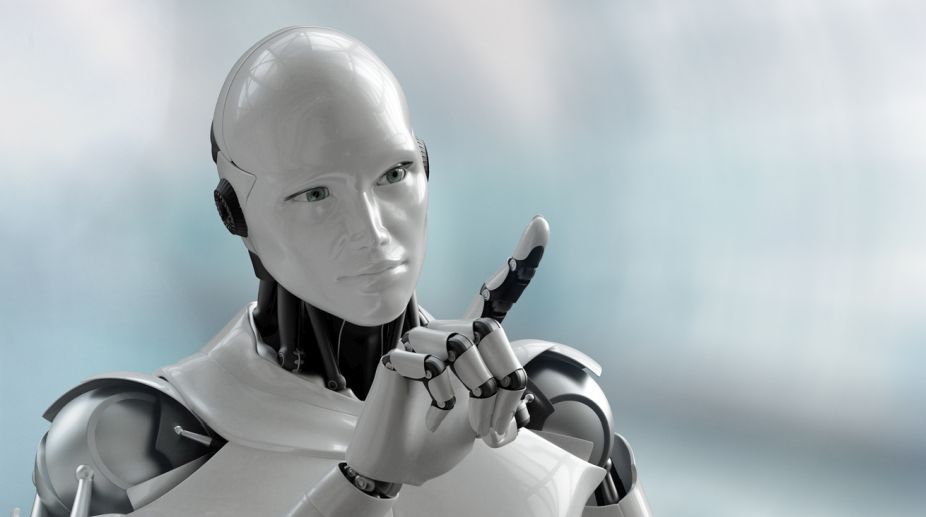Vidya Balan targeted in deepfake scam, issues urgent warning
Vidya Balan warns fans against fake AI-generated deepfake video, urging caution and verification before sharing misleading content.

Representational Image (Photo: Getty Image)
In a bid a to teach robots how to respect personal space, scientists are now giving mobile robots a crash course in avoiding collisions with humans.
Using “impedance” control, the researchers at the Institute of Automatics of the National University of San Juan in Argentina aimed to regulate the social dynamics between the robot’s movements and the interactions of the robot’s environment.
Advertisement
The team did this by first analysing how a human leader and a human follower interact on a set track with well-defined borders.
Advertisement
The feedback humans use to adjust their behaviours – letting someone know they’re following too closely, for example – was marked as social forces and treated as defined physical fields.
“Humans respect social zones during different interactions. When a robot follows a human as part of a formation, it is supposed that it must also respect these social zones to improve its social acceptance,” wrote Daniel Herrera, and an author on the study.
As part of the study, the human interactions (leading and following), including the estimated social forces, were fed to a mobile robot.
The programmed robot then followed the human within the same defined borders, but without impeding on the social forces defined by the human interactions.
“Under the hypothesis that moving like human will be acceptable by humans, it is believed that the proposed control improves the social acceptance of the robot for this kind of interaction,” wrote Herrera.
The researchers think that robots are more likely to be accepted if they can be programmed to respect and respond like humans in social interactions.
“The results show that the robot is capable of emulating the previously identified impedance and, consequently, it is believed that the proposed control can improve the social acceptance by being able to imitate this human-human dynamic behaviour,” the team noted in the paper appeared in the IEEE/CAA Journal of Automatica Sinica (JAS).
Advertisement